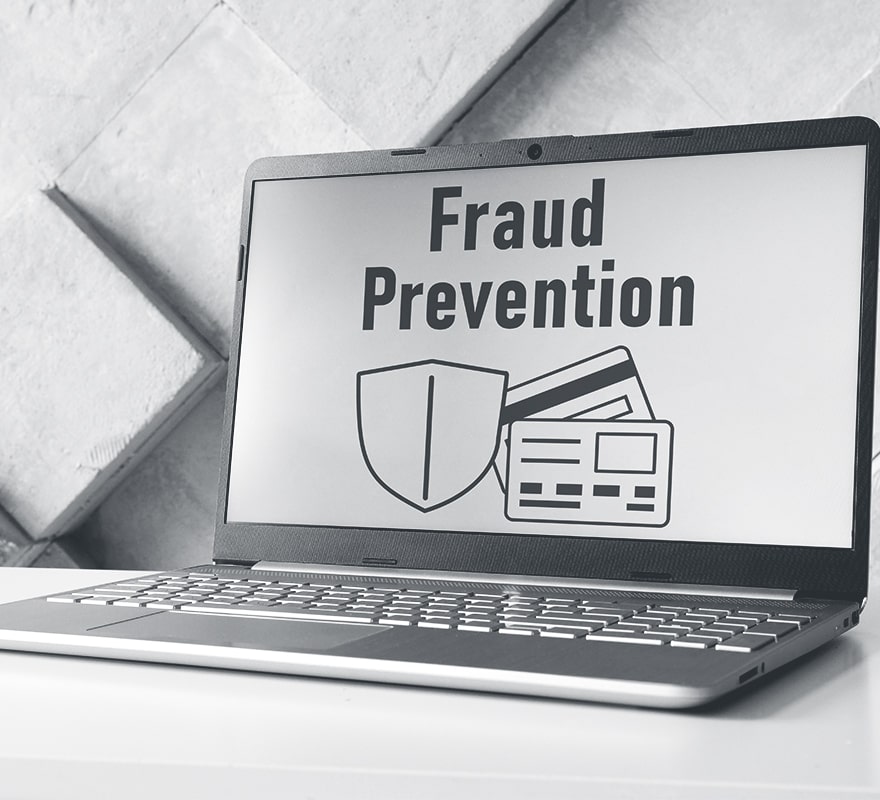Security Tips
BankFirst will NOT initiate contact with customers via phone call, text, or email that require our customers to supply personal information for verification purposes. If you are contacted by someone who states they are calling from BankFirst or you receive an email, you should not provide any account information.
In the event you notice suspicious account activity or experience customer information security-related events, you should contact us at (877) 441-2784 or info@bankfirstfs.com

